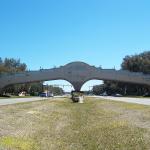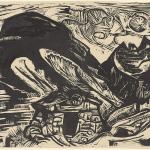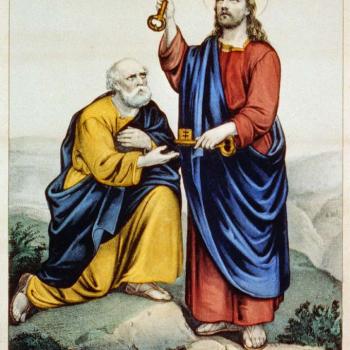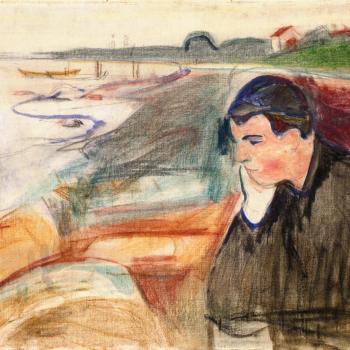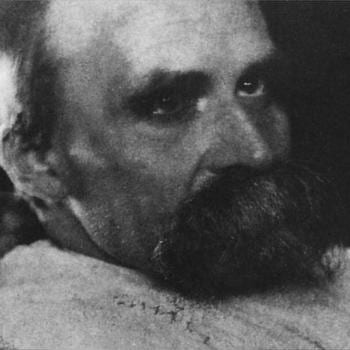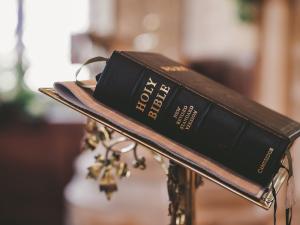
Source: Pexels
Anyone who has spent time on the Christian part of the internet knows that the participants from various denominations love debate. What’s more, they know that a favorite topic of debate—perhaps even more than whether Catholics worship Mary (maybe the Orthodox too, if it’s a particularly enlightened crowd—is the canon of the Bible. Protestants lament the Catholic fall from the foundational doctrine of Sola Scriptura. Catholics note that Luther expunged a few books from the Biblical canon, most notably the Epistle of James, the thoughts on work and salvation from which famously made the ex-Augustinian friar label it “an epistle of straw.”
But what’s often left out (and what makes matters even more complicated) is that there are others canons too: the Ethiopian Orthodox, for example, recognize 81 books (compare that to the Catholic Church’s 73!). Then you’ve got Assyrian Christians with their own canon (not to mention a relatively charitable attitude toward Nestorius!). Nobody seems able to agree.
It’s always been that way. Even the Church Fathers got into it over the Biblical canon. Possibly the oldest extant list of Biblical books, the Muratorian Fragment, lists the Apocalypse of Peter, a text now recognized by no major Church as canonical. Revelation is a particularly salient example. Eusebius, a Church historian of the 4th century, says that it’s both accepted and rejected at the same time:
But here it’s reasonable to summarise what has been done, the apparent writings of the New Testament. And the holy tetrad of the gospels must be arranged in first positions, which the book of the Apostles’ Acts follows. And after this, Paul’s letters must be counted, then next to these the earlier letter reportedly of John, and likewise must Peter’s letter be confirmed. On top of these must be added, if it should seem right, the Apocalypse of John [Revelation], the opinions concerning which we shall expound at the proper time. […] Among the illegitimate ones, let there be put down the book of Paul’s Acts, and the one called the Shepherd, and the Apocalypse of Peter, and in addition to these the letter reportedly of Barnabas, and the one called Teachings of the Apostles, and further still, the Apocalypse of John [Revelation], if it seems right. (quoted in Koperski, 4).
St. Dionysius of Alexandria (3rd century) regarded the work as of an inspired nature, but no by an Apostle and therefore not worthy of the canon. We owe the books inclusion in large part to a letter by St. Athanasius of Alexandria, who lists the now-common 27 book New Testament canon.
In the case of the NT, then, the criterion seems to have been “those works written by or directly connected to” an Apostle. This is sensible enough: if a text derives from the circle immediately around Jesus, then the odds are it has orthodox theology and is worthy of acceptance. The OT, about which there was also disagreement, presented a thornier problem, with Protestant Bibles returning to what by then was the accepted Jewish corpus. But for centuries before other texts had been used, both as inspired and merely edifying examples of Christ-anticipating literature.
In any case, the NT theory about Apostolic authorship has come under fire in the last century and half or so as scholars have disputed whether Biblical texts are really that old, of course. But that doesn’t bear on this question. We want to know if the Catholic Bible is the “original” one.
The answer to this must be “yes,” not just because I am Catholic (which admittedly makes me a bit biased, no?), but because “original” means “first.” The canon as we now know it was agreed upon by the Fathers of the Council of Rome in 382. These bishops represented the undivided Church, what we would now call the Catholic and Orthodox Churches joined together before the Great Schism. It is from this agreed upon list of books that the Protestant Bible descends from. Its own notion of canonicity is modeled on the Church Father’s commitment to Apostolic authorship of New Testament texts.
This may seem a bit unfair. Ethiopia, after all, came to Christianity long before Rome or Constantinople. And this is true! But what’s remarkable is the agreement between the canon from the Council of Rome and that of the Ethiopian Orthodox Church. The Tewahedo Church adds books, of course, especially various forms of apocalyptic literature. But the foundation is the same—it does not subtract from this “original canon,” but rather is more inclusive.
Insofar as the Catholic Bible is the basis of what we think of as “the canon,” that to which Protestant Bibles refer in eliminating certain texts (or labelling them merely “educative” and “wise” as the Anglican Church does), we may call it “original.” From this fount, the whole debate flows.


